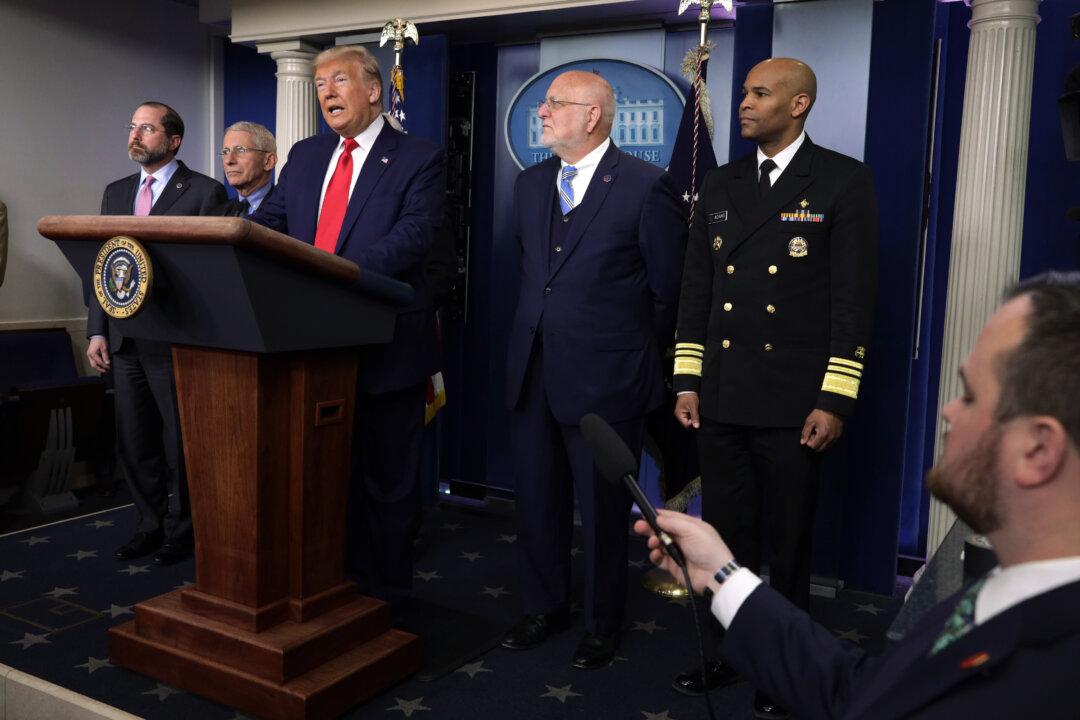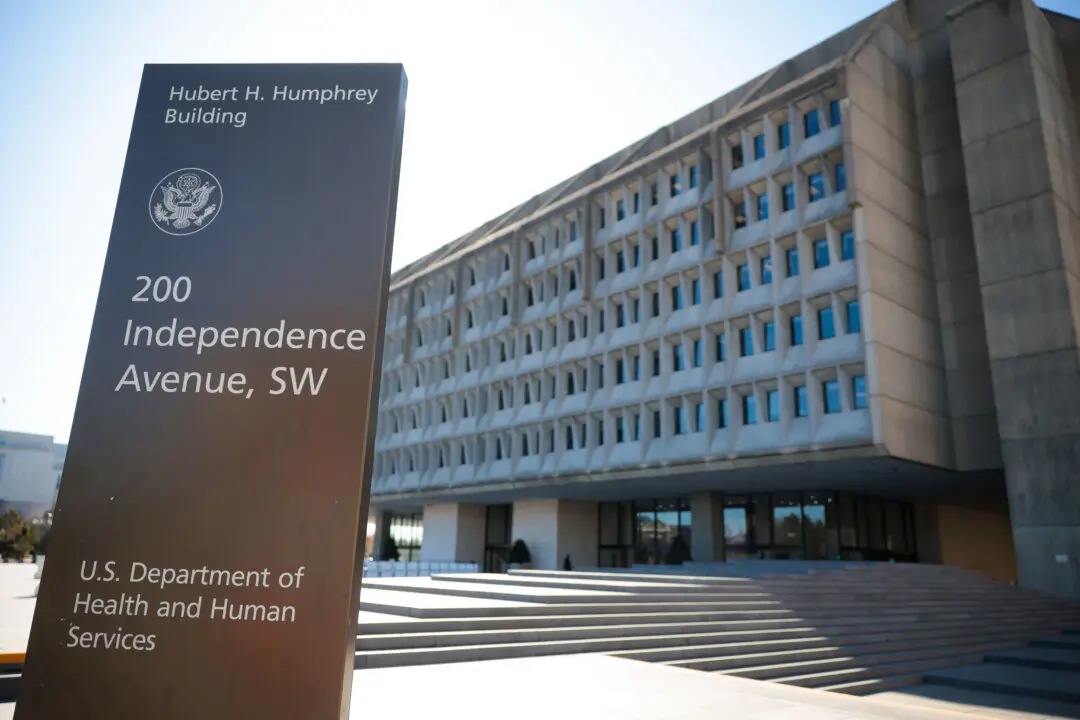The director of one of the top public health agencies in the United States said the death toll will be “much lower” from COVID-19 than modeling has projected, an assertion backed up by another top health official.
“If we just social distance, we will see this virus and this outbreak basically decline, decline, decline. And I think that’s what you’re seeing,” Dr. Robert Redfield, Director of the Centers for Disease Control and Prevention, said on Monday.





